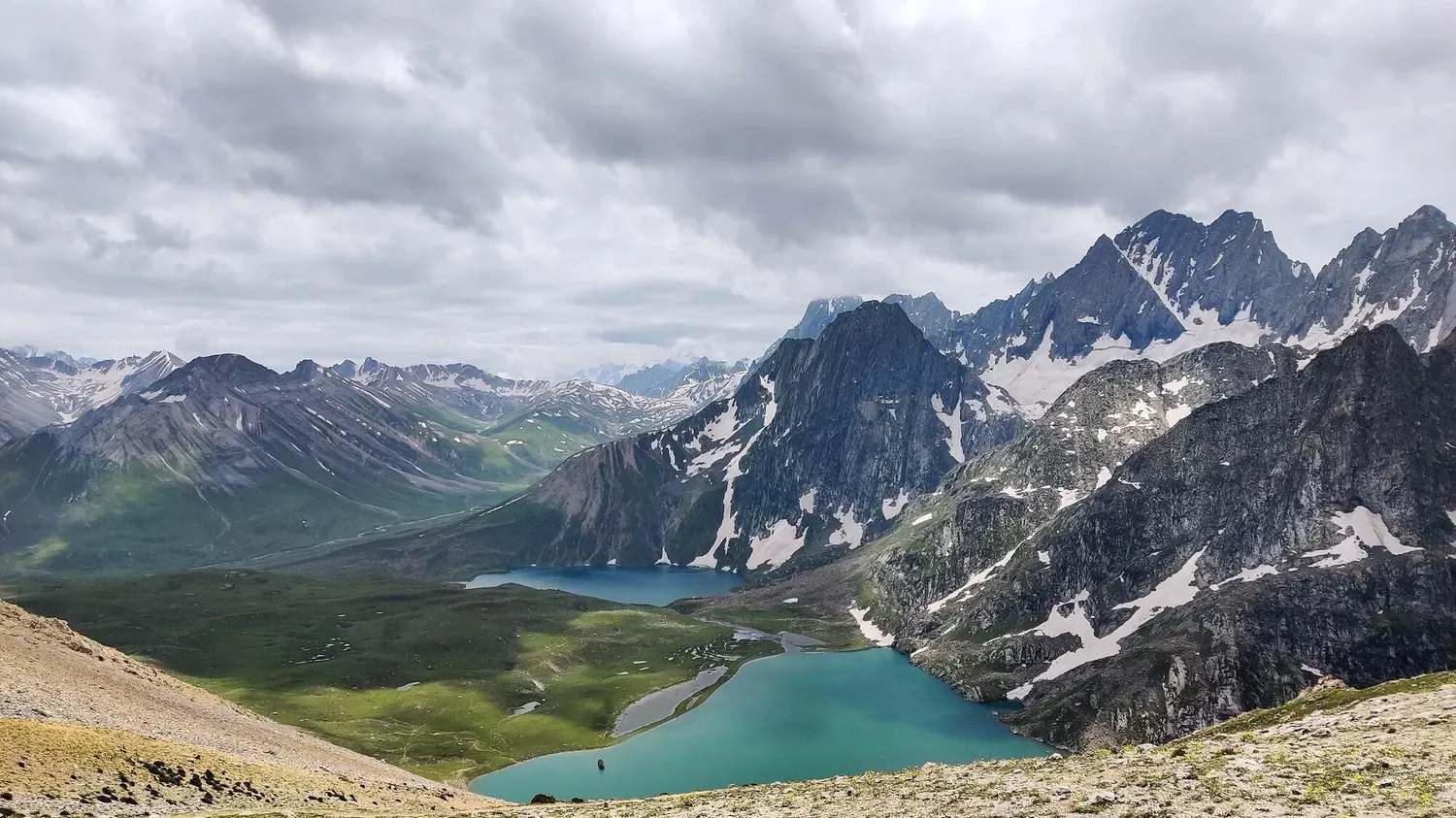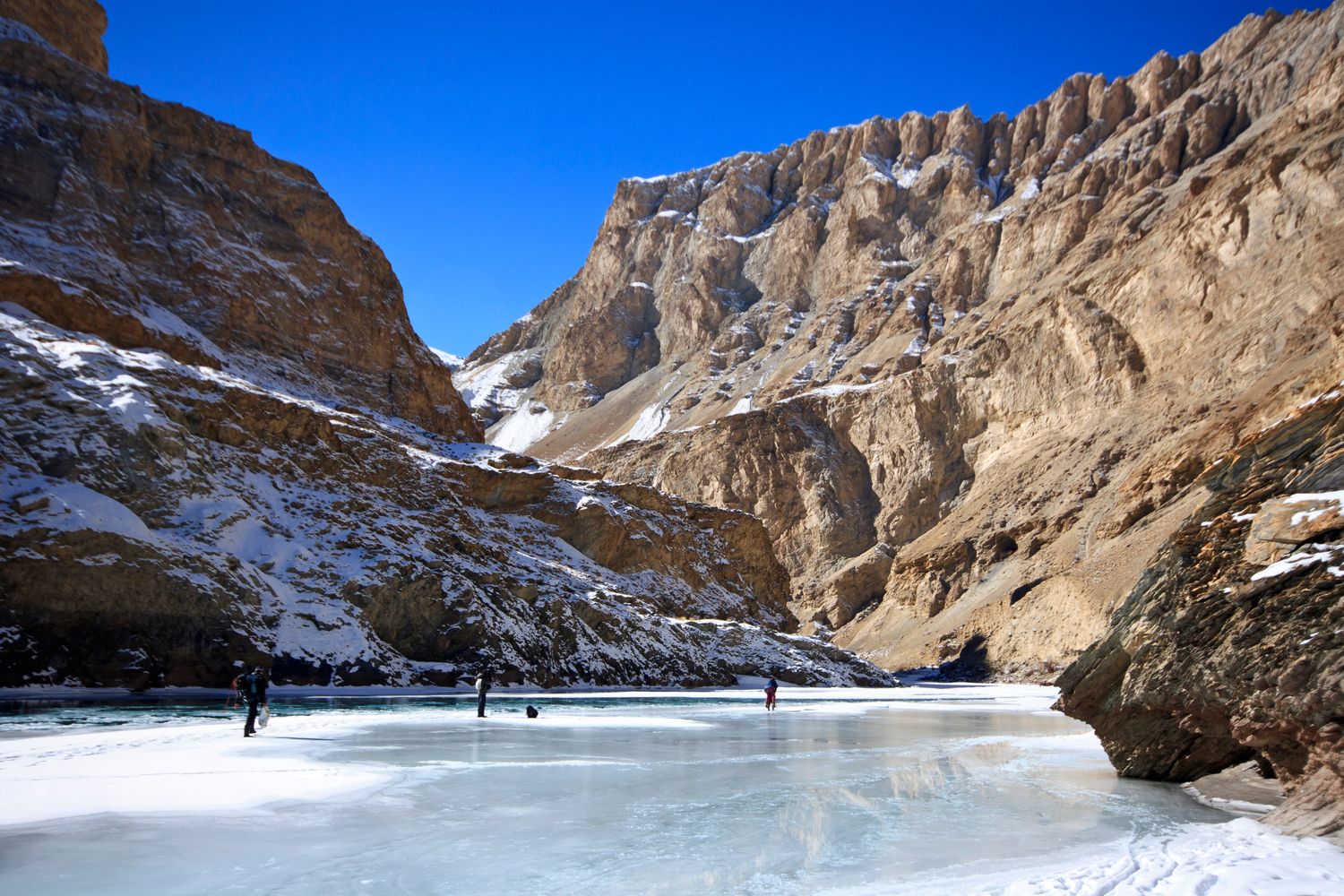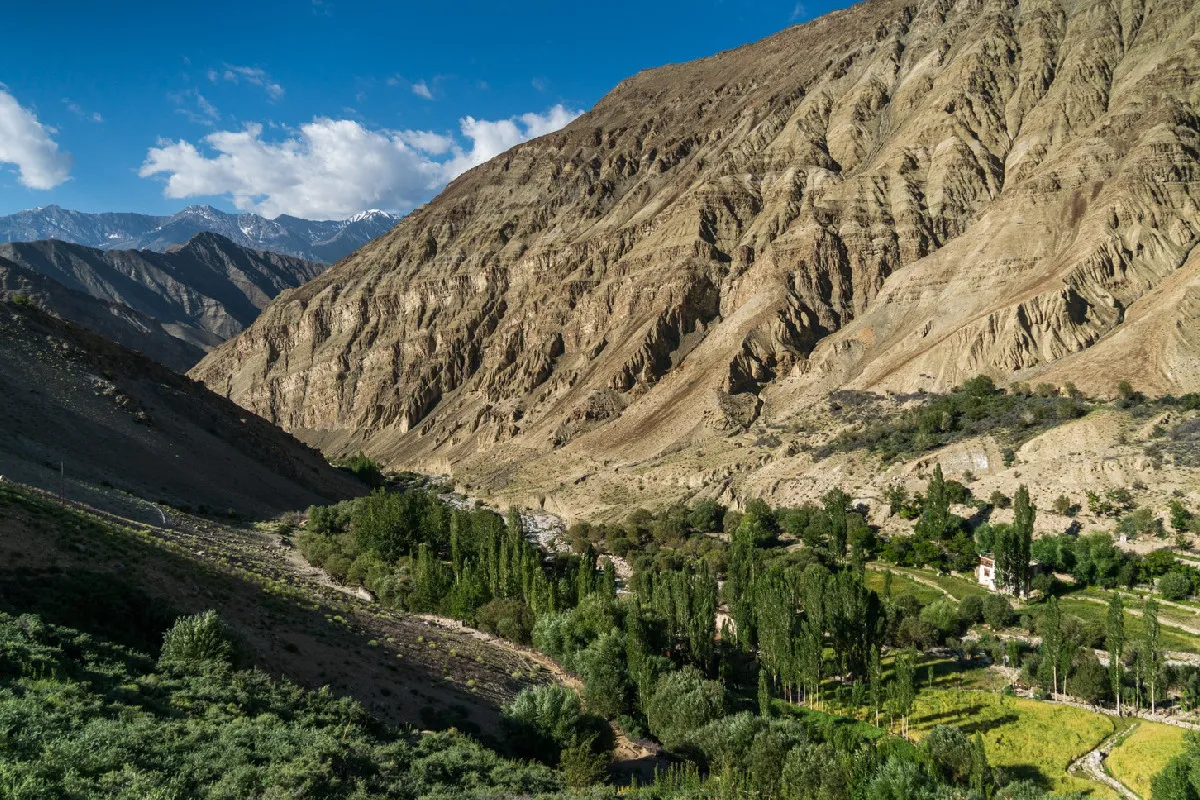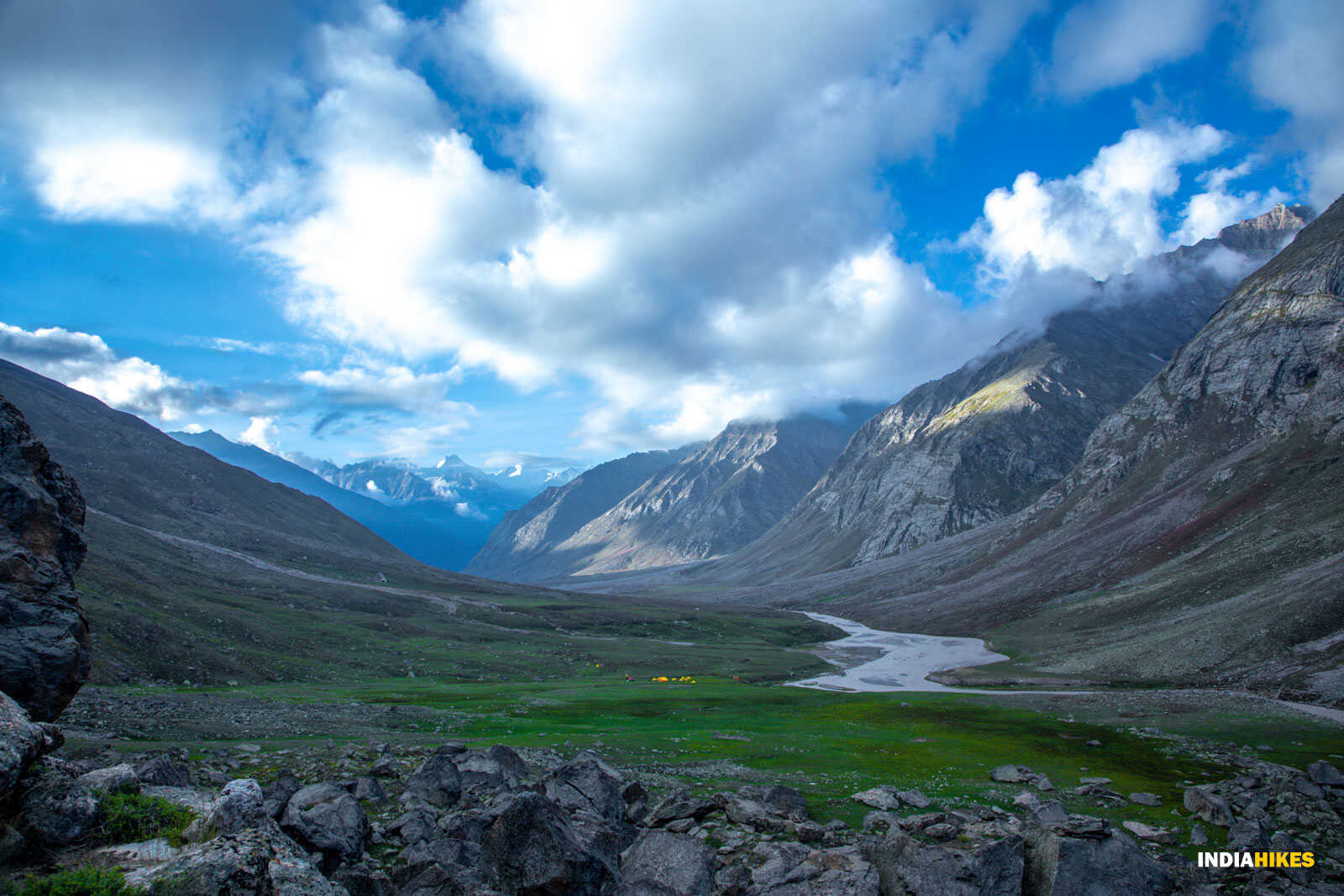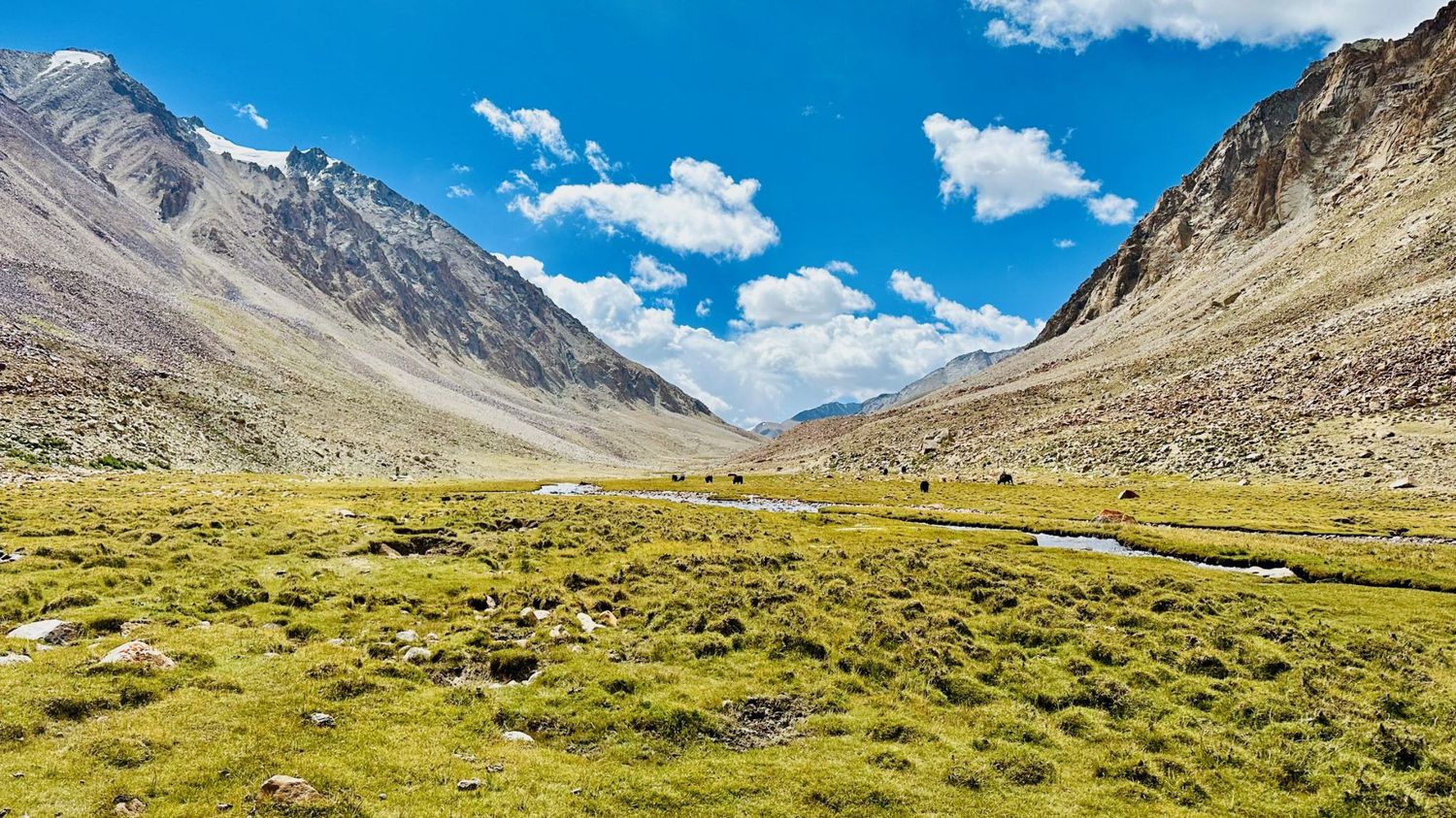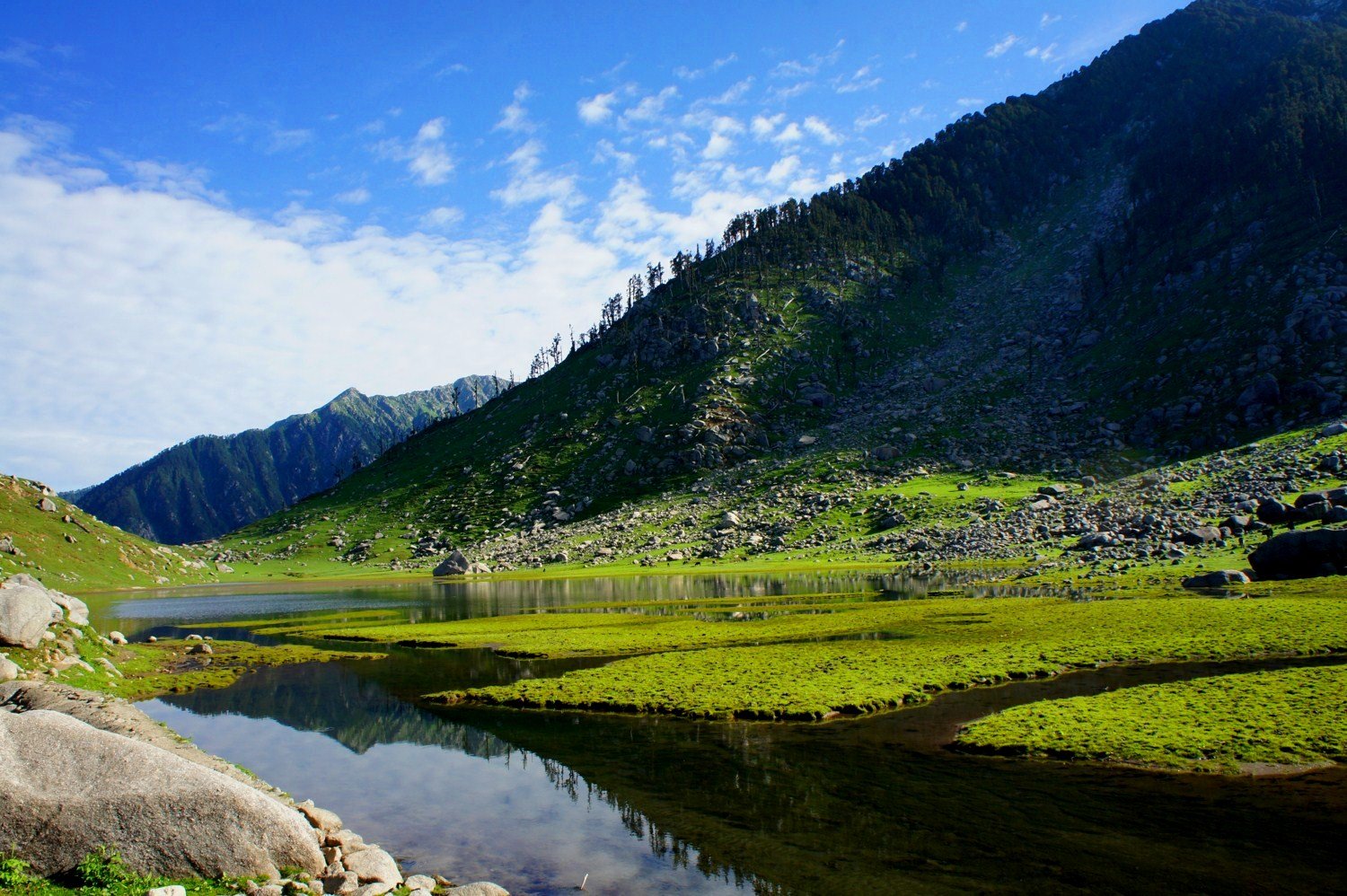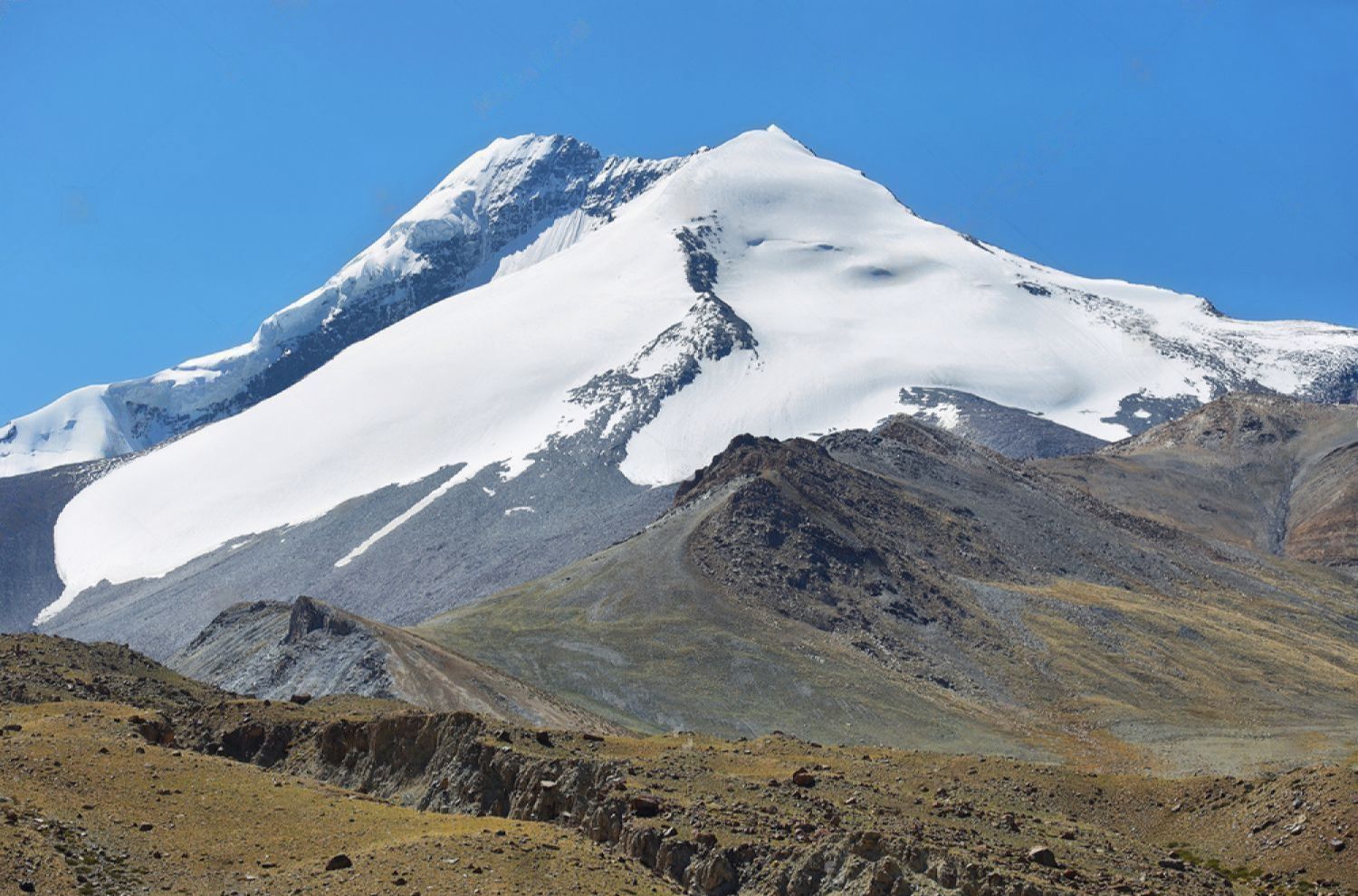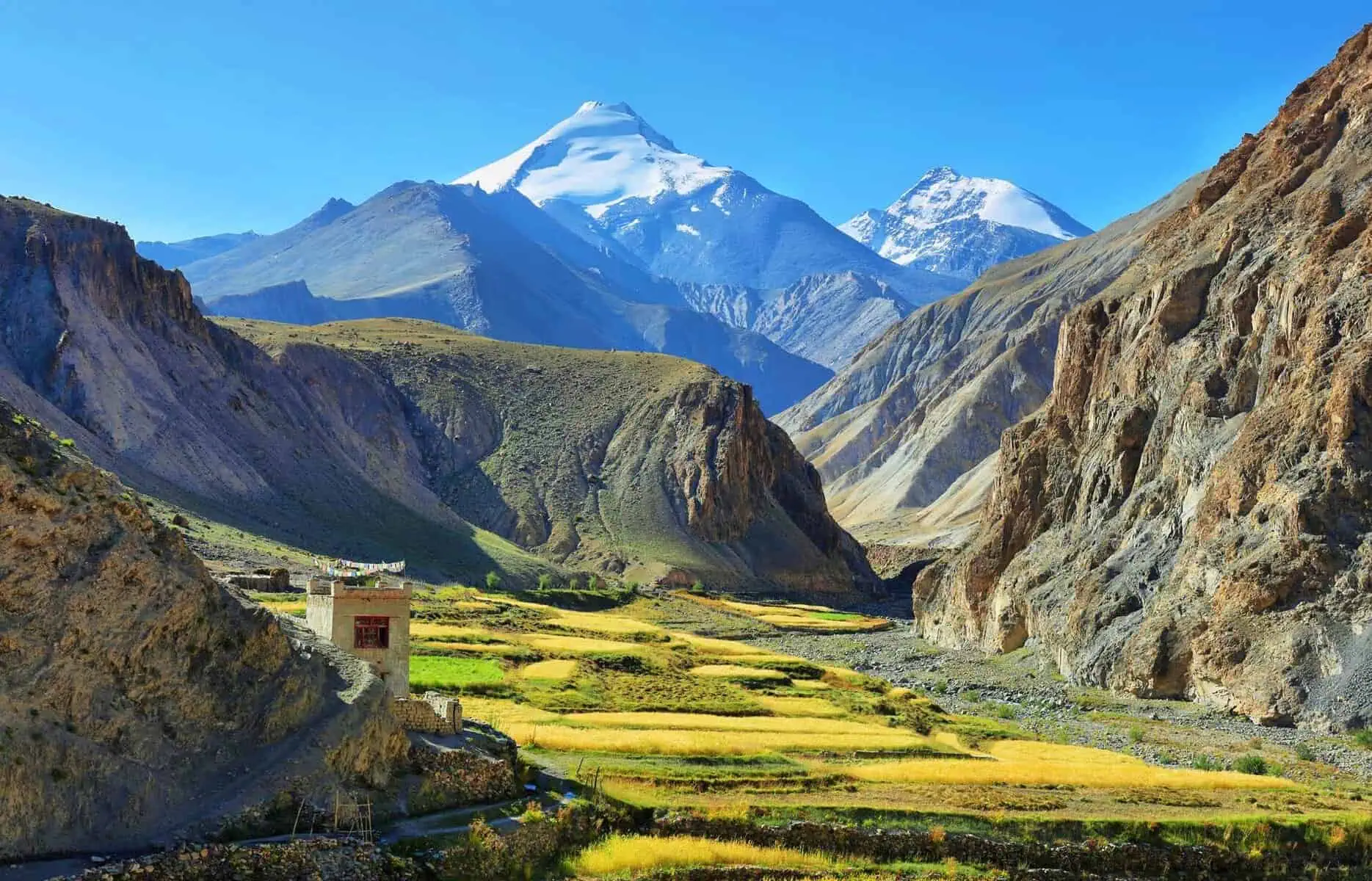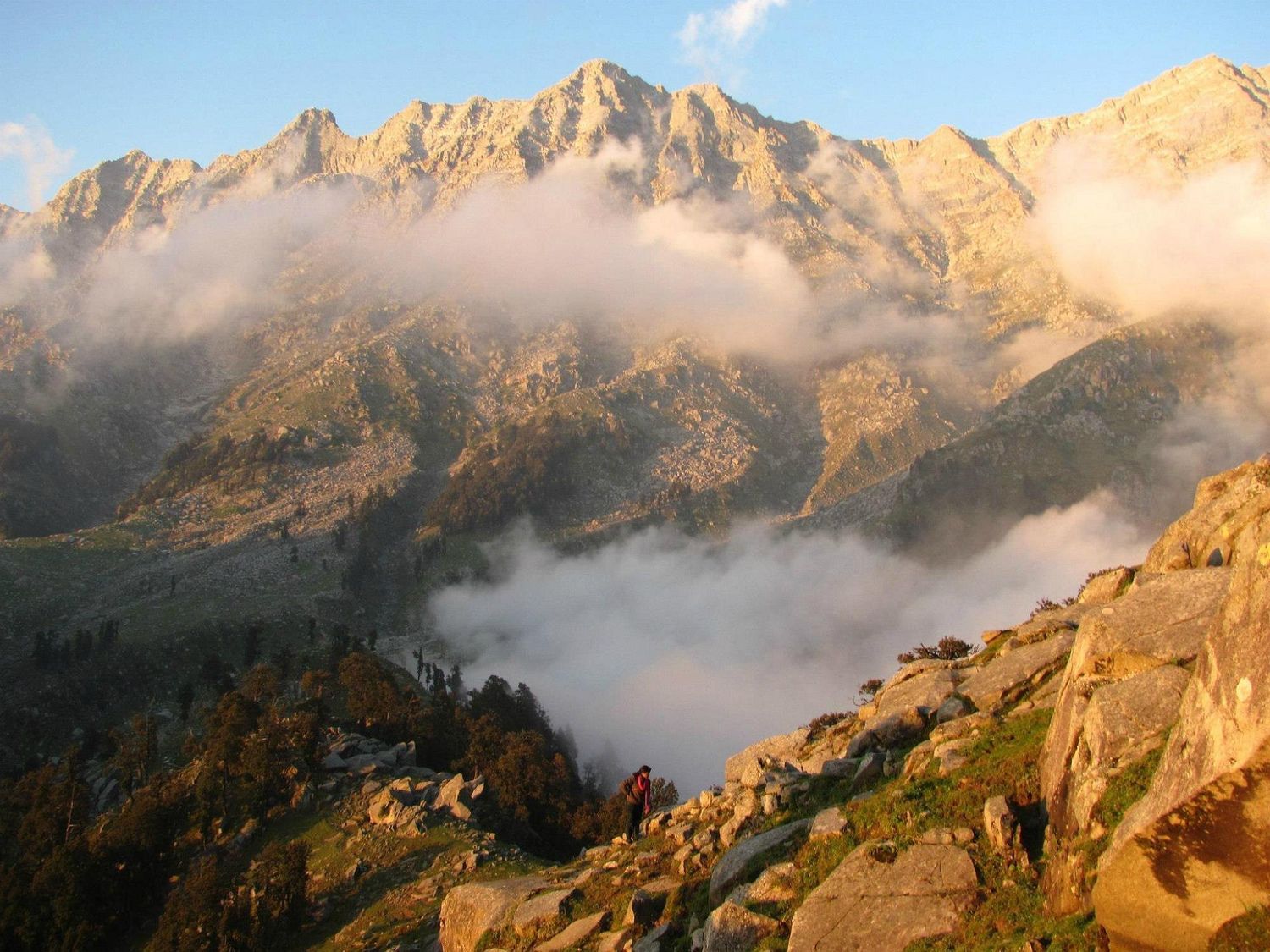Tarsar Marsar Trek: Kashmir’s Twin Alpine Lake Wonder
The Tarsar Marsar Trek is one of the most enchanting and remote treks in Kashmir, known for its pristine twin lakes nestled amidst the snow-kissed peaks of the Kolahoi range. Unlike the heavily visited Kashmir Great Lakes trek, Tarsar Marsar feels more intimate, personal, and secluded. With lush meadows, pine forests, wildflowers, and reflective alpine lakes, this trek is a symphony of Himalayan beauty and serenity.
A Tale of Two Lakes
Tarsar and Marsar are glacial lakes surrounded by massive cliffs and alpine valleys. Tarsar allows camping right beside its emerald waters, while Marsar — shrouded in mist — is considered sacred and can only be viewed from a ridge. Both leave trekkers spellbound with their grandeur and stillness.
Untouched Kashmiri Wilderness
This trek doesn’t follow commercial paths. You’ll pass through pine forests, meadows filled with gujjar huts, and expansive valleys bursting with wildflowers. The trail winds through rustic Kashmir, untouched by tourism's chaos.
The Perfect Summer Escape
With temperatures ranging between 5°C to 20°C in the summer months, Tarsar Marsar offers a perfect retreat from the sweltering plains. The clear skies, warm days, and cool nights make it ideal for high-altitude camping.
Peace, Silence, and Reflection
What makes Tarsar Marsar special is the deep sense of silence it offers. You’ll often find yourself alone beside the lake, with nothing but the sound of wind, distant herds, and the reflection of mountains in water.













